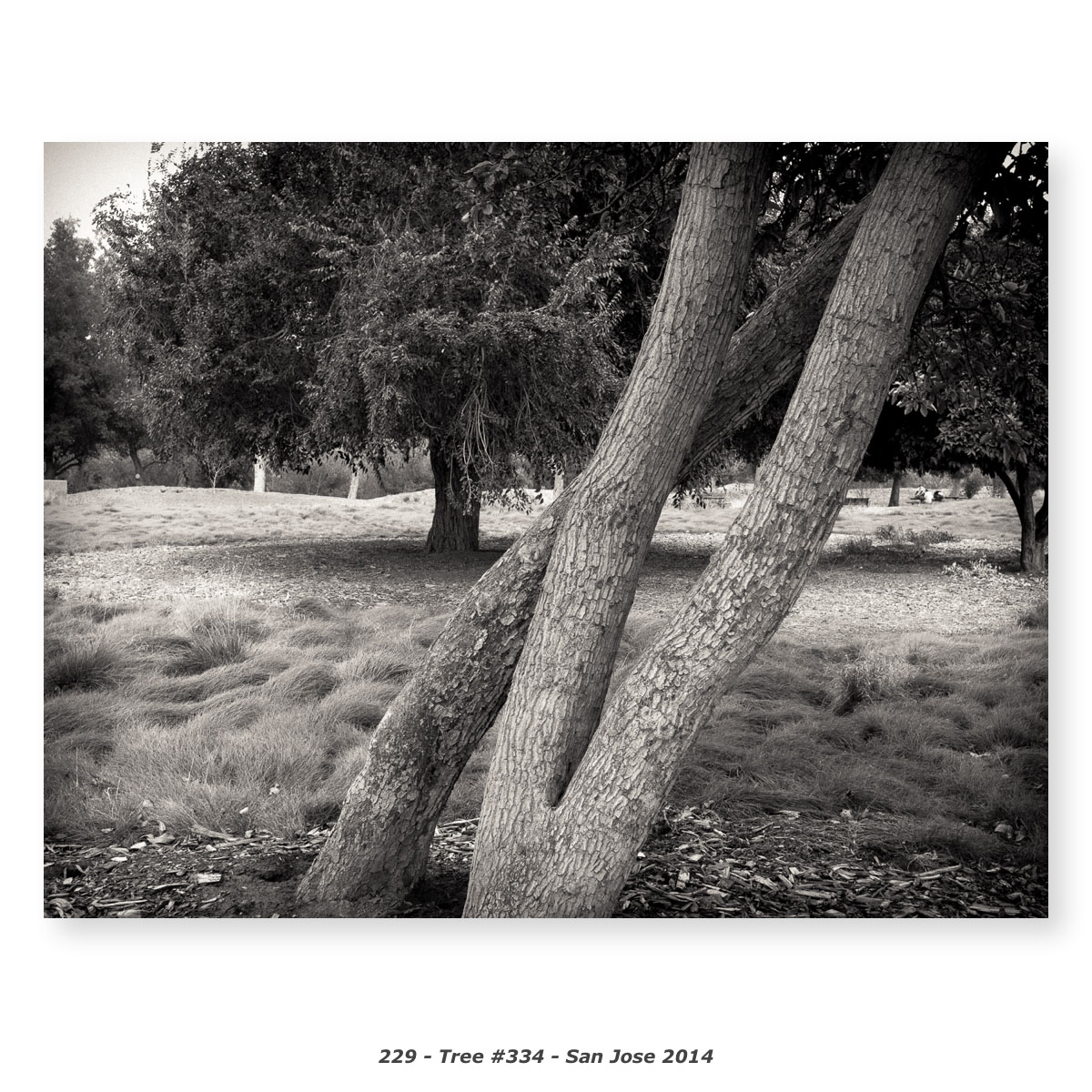yesterday I had my first look into a Fuji X-E1 EVF. Compared to a good optical finder, it is lightyears behind (in my opinion).
But digital Leicas are unaffordable for an amateur. To skip all the unneeded things from a digital Leica to 1) give it less that can break and make the camera unusable and 2) to make it cheaper would be so welcome.
Give us the equivalent to an M6 with a b&w film!!!!!
But not to make it more exclusive but more affordable!!!!!!!!!!!!!!!!!!
:bang:
EDIT: I do not mean I cannot afford if. It is only that I end up with a price of 10 Euro per printable photo in the long run, calculating my number of shots per year, success rate, and the durability of a digital device
The Fuji X-E1 EVF is well behind the times compared to the Olympus E-M1, Fuji X-TI, or Sony A7/r/s EVFs. The Olympus finder is the best of them, currently, with the best optics and most sophisticated auto-adaptive brightness control. I often forget the E-M1 is using an EVF, it's that good.
As I wrote up-thread, I have had many digital cameras and have made 300,000+ exposures with them over the course of the past twelve years. My Leica M9, purchased in 2012, has recorded over 17,000 exposures (for those who are counting, that would be about 475 rolls of TX135-36, something I've never achieved with a Leica film camera). My Olympus E-1 is now a decade old, has made over 20,000 exposures, and is in perfect, as-new working order. NONE of them have ever suffered a single fault. Meanwhile,
every mechanical, film camera I've bought that is more than 10 years old has required cleaning, lubrication, and repair. Some weren't repairable to "as new" since the parts were no longer available. So I feel the supposedly limited "durability of a digital device" meme is pure myth. Many digital devices around my home are 20 years old and still working flawlessly...
All cameras are complex, high precision machines. All complex, high precision machines can break. The fewer moving mechanical parts they have, the more robust they tend to be. For instance, when my last Nikon FE2 started over-exposing, I brought it to shop and had it inspected and repaired. What was wrong? A tiny bit of dirt/dust had gotten into the shutter rails and was slowing the curtains, there was nothing wrong with the shutter timing regulator since it was all electronic. The most common reason for mechanical shutters to need service is that the slow-speed shutter regulator gets gummed up and needs to be cleaned, lubed, and recalibrated.
Leica is trying to give you that
...equivalent to an M6 with a b&w film... but most of what I read on this and so many other RFF threads is that whenever Leica produces something similar to what people here have voiced as their true desire, they get slammed for specious reasons like "oh, it costs too much", "oh, it doesn't have strap lugs", "oh, it doesn't have an exposure compensation dial"—'scuse me, but my M4-2 and M6TTL don't have an exposure compensation dial either; my Nikon FE2 and F3 did but it was too much trouble to use. It never bothered me.
Personally, the more I look at the M Edition 60, the more I would like one. But I'm not wealthy enough to pay for both a second 35mm lens AND the 30% limited edition kit price premium (essentially a third 35mm lens). Or at least, I don't want to pay that tax (I can actually afford to). I'd like Leica to produce this camera as a body-only, standard production piece in black paint finish. If they did, I'd order one tomorrow. As it is, I might even go for one anyway, but I'm more likely to buy the standard M-P and save a bunch of money.
Sorry for the morning rant. It's been a regular Photokina Week feature, I think. ;-)
G



